The 21st century is marked by extraordinary technological progress and scientific breakthroughs, from artificial intelligence to quantum computing, from personalized medicine to space exploration. At the same time, spiritual inquiries and religious practices remain vital to billions of people across the globe. This juxtaposition often raises a timeless question: Can science and religion coexist in the 21st century?
Contrary to popular belief, the relationship between science and religion doesn’t have to be adversarial. Many argue that they are not only compatible but also mutually enriching. This blog explores the evolving dynamics between science and religion, aiming to dissolve the perceived conflict and highlight how both can contribute to a deeper understanding of life, the universe, and our place in it.
The Historical Tension Between Science and Religion
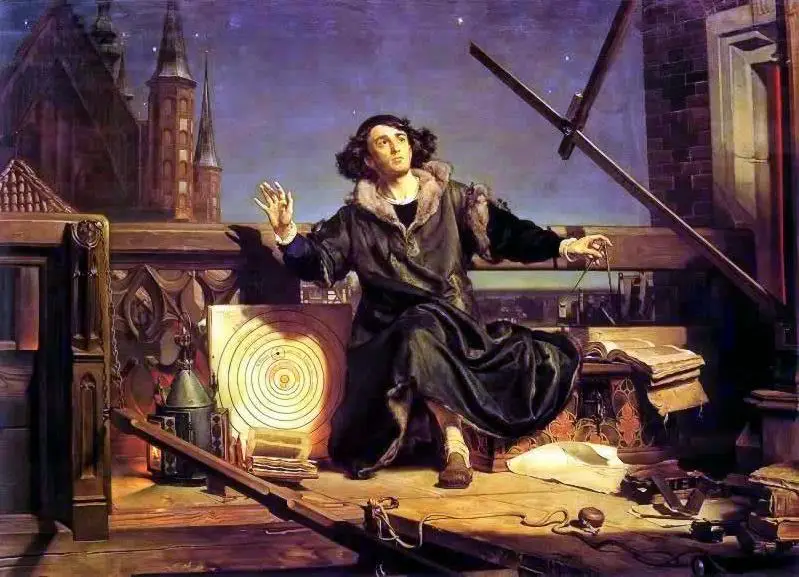
To understand their current relationship, we must briefly revisit history. Throughout the ages, science and religion have had a turbulent association.
1. Ancient Harmony
In ancient civilizations like India, Egypt, and Greece, science and religion were deeply intertwined. Astrology, medicine, and mathematics often developed under religious patronage. Think of Ayurveda in India or the role of priests in Babylonian astronomy.
2. The Church and the Scientific Revolution
The friction began during the Scientific Revolution (16th–18th centuries), especially in the West. The Catholic Church’s condemnation of Galileo Galilei for supporting the heliocentric model is often cited as a classic example. This event symbolized the institutional resistance of religious authorities to scientific advancements that challenged doctrinal teachings.
3. Darwin and the Rise of Modern Science
Charles Darwin’s theory of evolution added further strain, challenging the literal interpretation of creation stories in many religions. Over time, science emerged as a secular enterprise, while religion was relegated to matters of personal belief.
Defining the Domains: Science vs. Religion
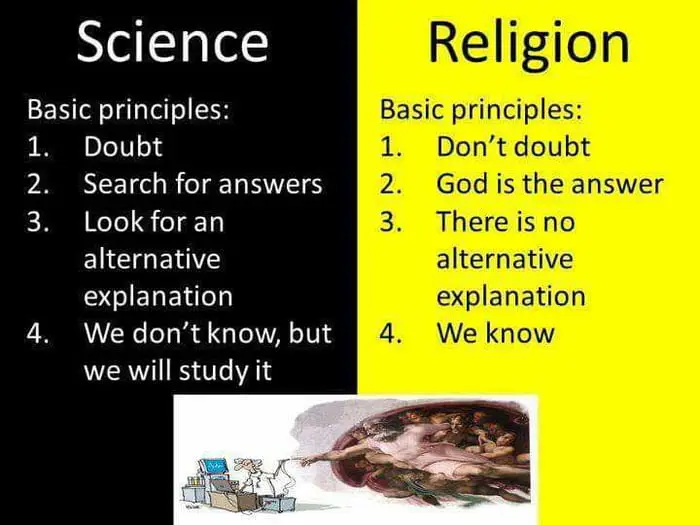
The root of the conflict lies partly in misunderstanding what science and religion fundamentally are.
Science is the systematic study of the natural world through observation, experimentation, and reasoning. It seeks to answer the “how” of things.
Religion, on the other hand, explores the “why.” It deals with metaphysical concepts like purpose, morality, and the nature of existence—questions science doesn’t aim to answer.
Recognizing that these are fundamentally different realms of inquiry allows for the possibility of peaceful coexistence.
Modern Perspectives: Bridging the Divide
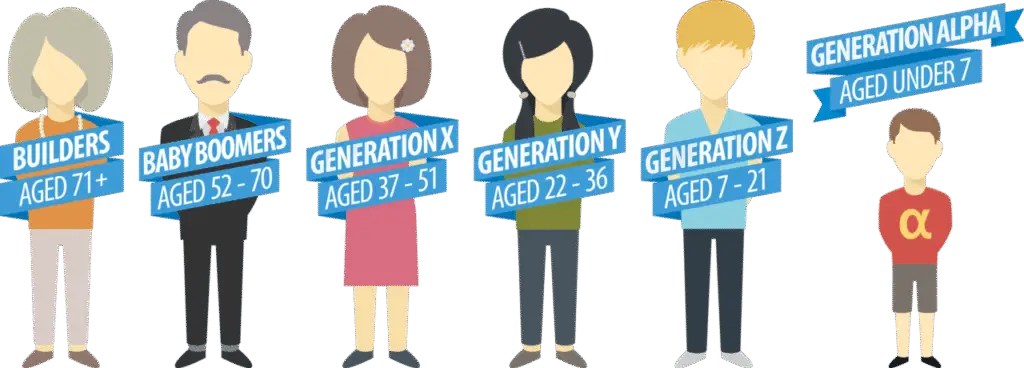
As the 21st century unfolds, we witness increasing attempts to reconcile science and religion. Here’s how:
1. The Rise of Religious Scientists
Many prominent scientists have held religious beliefs. Notable examples include:
Albert Einstein: While not religious in the traditional sense, he believed in a “cosmic religion” and spoke of the divine beauty in the laws of the universe.
Francis Collins: Former director of the Human Genome Project and a devout Christian, he has written extensively about how faith and science can harmonize.
Abdus Salam: A Nobel-winning physicist and devout Muslim who believed science was a form of worship.
These individuals show that intellectual rigor and spiritual faith are not mutually exclusive.
2. Theological Adaptations
Many religious traditions have evolved to accommodate scientific discoveries:
The Catholic Church now accepts evolution as a valid scientific explanation for life.
Hindu philosophy often embraces science, viewing it as another form of exploring the truth (satya).
Buddhism is frequently aligned with scientific inquiry, particularly in psychology and neuroscience.
Rather than resisting science, many religious ideologies are engaging with it constructively.
3. Dialogue and Institutions
Interdisciplinary platforms are emerging to foster mutual understanding:
The Templeton Foundation funds research at the intersection of science and spirituality.
The Dalai Lama has initiated numerous dialogues with scientists, particularly in the fields of consciousness and neurobiology.
These initiatives aim to explore questions like the origin of the universe, the nature of consciousness, and the essence of morality—areas where both domains can contribute.
Key Areas Where Science and Religion Coexist

1. The Origin of the Universe
Science explains the “how” through theories like the Big Bang and cosmic inflation. Religion explores the “why” — why there is something rather than nothing.
Both approaches can coexist: science maps the mechanics, while religion offers purpose and meaning. Stephen Hawking’s work may describe the beginning of time, but it doesn’t negate the philosophical or spiritual interpretation of creation.
2. Consciousness and the Soul
Neuroscience seeks to understand consciousness in terms of brain activity. Yet, many still believe in a non-material soul. Some scientists now entertain the possibility that consciousness might not be fully explainable through physical processes alone.
Eastern religions like Hinduism and Buddhism have long proposed that consciousness is a fundamental property of reality — an idea that is now gaining traction in some scientific circles.
3. Ethics and Morality
Science can tell us what is, but not what ought to be. Religion offers moral frameworks and principles that guide human behavior, particularly when science creates ethical dilemmas (e.g., cloning, AI, genetic editing).
An ethical AI or biotechnology landscape must consider values rooted in religion, philosophy, and culture to ensure holistic human progress.
Misunderstandings That Fuel the Conflict
Several misconceptions keep the myth of incompatibility alive:
Literalism vs. Allegory: Many religious texts are symbolic, not scientific manuals. Taking scripture literally leads to conflict with empirical evidence.
Scientism: The belief that science alone can explain all reality ignores other ways of knowing, including intuition, art, and spiritual experience.
Dogmatism: On both sides, closed-mindedness stifles dialogue. Both science and religion have fundamentalists who resist change or reinterpretation.
To foster coexistence, humility and openness are essential.
Science Enhancing Religious Understanding
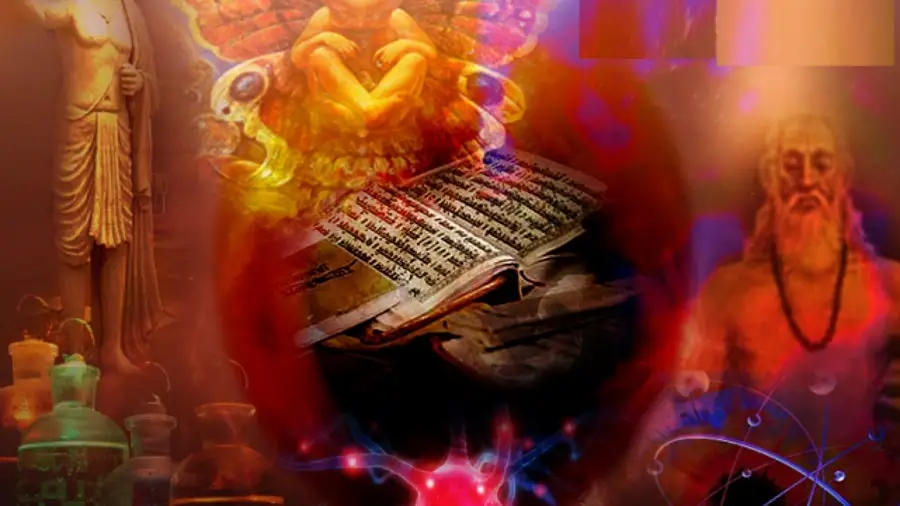
Interestingly, scientific discovery often enhances spiritual awe. As Carl Sagan once said, “Science is not only compatible with spirituality; it is a profound source of spirituality.”
The vastness of the universe evokes humility—a concept central to many faiths.
The intricate complexity of DNA can be seen as a form of divine design.
Understanding natural laws often deepens, rather than diminishes, a sense of sacred order.
Religion Inspiring Scientific Inquiry
Religious curiosity has often driven scientific discovery:
Islamic Golden Age scholars like Alhazen and Avicenna advanced optics and medicine inspired by Quranic principles of seeking knowledge.
Jesuit missionaries contributed significantly to astronomy and seismology in China and South America.
Vedic texts have inspired many Indian scientists to explore cosmology and mathematics.
Far from opposing science, religious curiosity can motivate it.
Challenges to Coexistence in the 21st Century

While the potential for harmony exists, challenges remain:
1. Fundamentalism
Rigid dogma, whether scientific or religious, leads to polarization. Young Earth Creationists or militant atheists both hinder productive dialogue.
2. Political Misuse
Both science and religion can be manipulated for political ends. Denial of climate change or the use of religious rhetoric to suppress scientific education are dangerous trends.
3. Technological Ethics
Rapid advances in AI, gene editing (like CRISPR), and synthetic biology present ethical dilemmas that neither science nor religion can solve alone. Collaboration is needed to establish responsible boundaries.
The Way Forward: Integrative Thinking
The 21st century calls for integrative thinking, where different ways of knowing are respected and utilized. Here are ways we can foster this:
Education: Include philosophy, ethics, and comparative religion in science curricula, and vice versa.
Public Dialogue: Promote platforms where scientists, theologians, and philosophers engage in respectful conversation.
Personal Exploration: Encourage individuals to explore both scientific and spiritual questions without fear of contradiction.
As Einstein wisely noted, “Science without religion is lame, religion without science is blind.” Embracing both can lead to a richer, more meaningful life and society.
Final Thoughts
So, can science and religion coexist in the 21st century? The answer is a resounding yes—but with caveats. Coexistence is possible not through forced agreement, but through mutual respect and complementary roles. Science explains the mechanics of the universe; religion helps us find meaning within it.
Both are vital lenses through which we understand existence. When approached with openness, humility, and curiosity, science and religion can not only coexist—they can thrive together.
Related posts:
 Holi and Its Mythological Significance: A Century of Celebrations in India
Holi and Its Mythological Significance: A Century of Celebrations in India
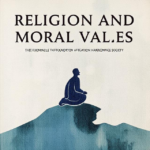 Religion and Moral Values: The Foundation of a Harmonious Society
Religion and Moral Values: The Foundation of a Harmonious Society
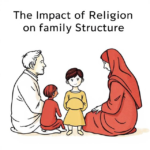 The Impact of Religion on Family Structure
The Impact of Religion on Family Structure
 The Science Behind Food Cravings and How To Manage Them
The Science Behind Food Cravings and How To Manage Them
 Why is the Snake Considered Divine in Hindu Mythology?
Why is the Snake Considered Divine in Hindu Mythology?
 Bhadra’s Unique Influence on Raksha Bandhan 2023
Bhadra’s Unique Influence on Raksha Bandhan 2023
